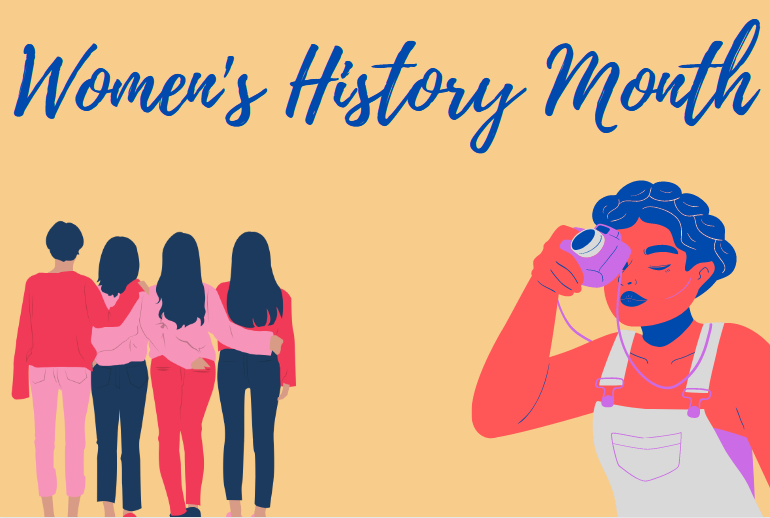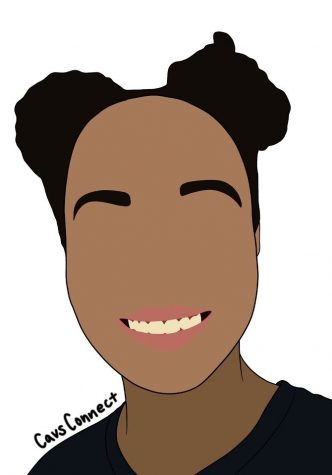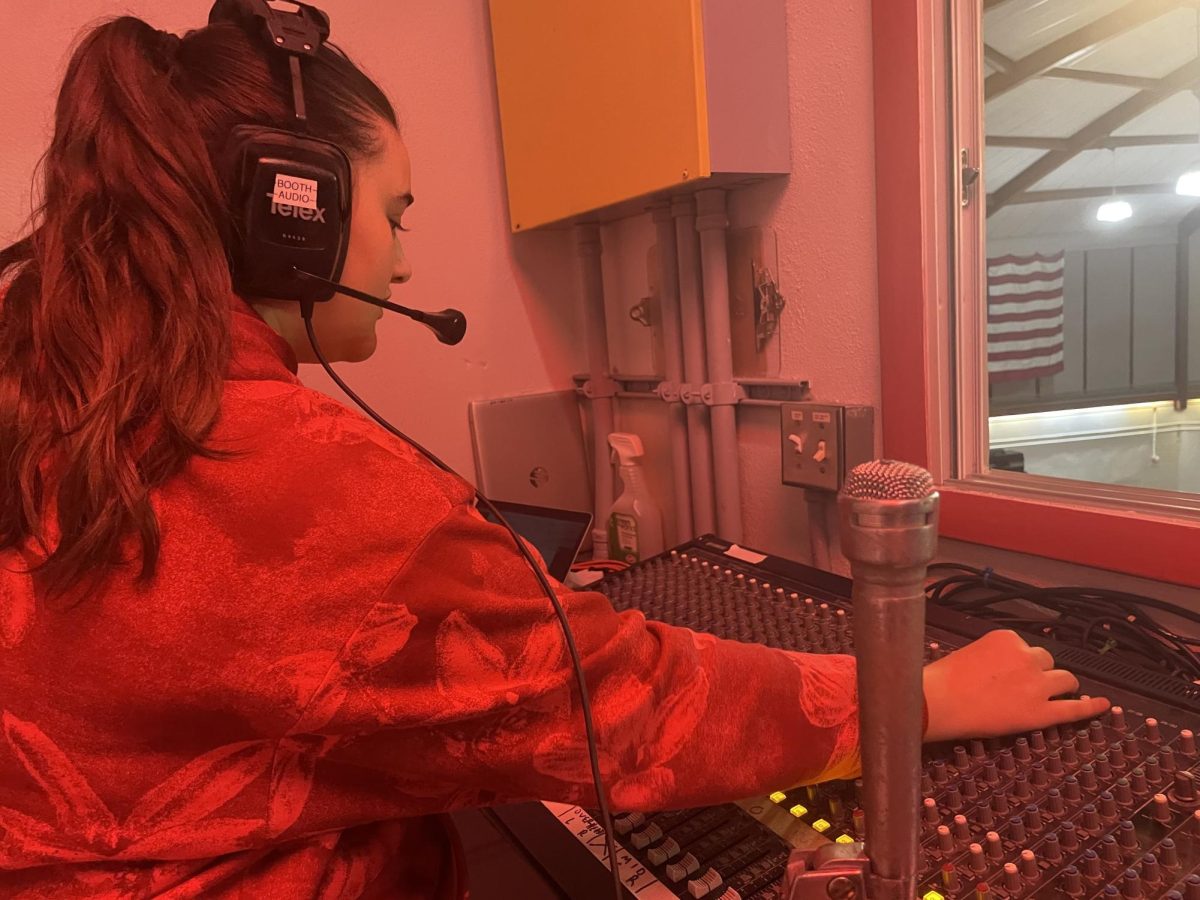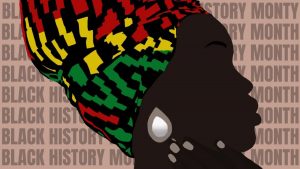Important Figures in Women’s History
Women’s History Month spans throughout the month of March and strives to recognize and celebrate female achievement throughout history.
Mar 5, 2021
Women’s History month spans across March and honors the contribution of women in contemporary society. Here are a few influential women whose contributions greatly impacted our society.
Ada Lovelace
“Religion to me is science, and science is religion.”
Ada Lovelace is considered the first computer programmer. She was born in 1815 to Lord Byron and Augusta Ada Byron and showed a passion for mathematics from a very early age. At 17, she became acquainted with Charles Babbage, considered the father of computers, who would later become her mentor. When Babbage finished his difference engine—a machine designed to perform calculations—Lovelace was one of the first to truly study it and comment on her thoughts and ideas. In her notes, Lovelace explained codes and how code could be used to tell the computer which letters, numbers, or symbols to use. She also developed the first machine algorithm on paper. Her notes had little effect during her life-time, but would later be used in several computer programs.
“I think [women’s history month] is important because it brings attention to the struggles women go through… I hope it brings more chances for women to be treated equally.” freshman Adriana Caceres said.
Marie Curie
“I have frequently been questioned, especially by women, of how I could reconcile family life with a scientific career. Well, it has not been easy.”
Marie Curie was a physicist and chemist who is best remembered for her discovery of radium and its use in commercial products, nuclear medicine, and cancer treatments. As a woman, Curie faced many challenges. She was barred from pursuing higher education so she enrolled in “Flying University,” which furtively offered classes in different locations to Polish women. She later enrolled at La Sorbonne in France, from which she obtained a mathematics and physics degree. In that same time frame, she met her husband, Pierre Curie.
Inspired by the work of physicist Henri Becquerel, Curie noticed that elements like Thorium emitted radiation similar to that of Uranium and that the strength at which this radiation was being emitted depended only on how much of an element there was. She concluded that radiation comes from within the atoms of each element, disproving the model that atoms themselves are fundamental and indivisible. Pierre and Marie Curie also discovered two new radioactive elements: polonium and radium. In 1903, Pierre Curie and Henri Becquerel were nominated for a Nobel Prize in physics, but Pierre pushed for Marie Curie to also be acknowledged and recognized. So, Marie Curie became the first female Nobel Laureate. When Pierre Curie tragically passed in 1906, Marie Curie took over his position as professor at the Sorbonne, becoming the first female professor there. In 1911, she won a second Nobel prize in Chemistry for the discovery of radium and polonium. She is the only person in history to win Nobel prizes in two different sciences. Later on, during World War I, Curie led the investigation of radiation on tumors. Her research opened doors for groundbreaking discoveries in physics, chemistry, medicine, and technology.
Harriet Tubman
“Every great dream begins with a dreamer. Always remember, you have within you the strength, the patience, and the passion to reach for the stars to change the world.”
Harriet Tubman is largely known as a “conductor” of the Underground Railroad, which helped enslaved people escape and earn their freedom. She also played a huge role in the Union army during the Civil War, where she worked as a nurse, spy and soldier.
Tubman recognized from an early age the horrors of slavery and did her best to prevent and mediate it. When she was twelve, she tried to stop her master from beating an enslaved man and got hit in the head with a two-pound weight, which left her with narcolepsy and headaches. In 1849, she and her two brothers escaped north with the help of the Underground Railroad. Tubman then returned South and helped about a dozen others escape. She was so successful that there was a 40 thousand dollar bounty put on her. As she worked in the Underground Railroad, she became familiar with several landmark cities and routes throughout the South. This information would later be used by the Union throughout the Civil War. In addition to this, Tubman also helped many find food, jobs, and shelter. She used herbal medicine and remedies to help injured black and white soldiers.
Once the war had ended, she raised funds to help newly freed slaves and joined in the fight for women’s suffrage. Tubman remarried Nelson Davis and moved to New York where she cared for the elderly and raised a daughter. In 1896, the Harriet Tubman Home for the Aged was established and in 1913, she tragically passed and was buried at Fort Hill Cemetery with military honors.
Despite being born into bondage, Harriet Tubman ended up being one of the most influential women throughout history, freeing upwards of 300 people and changing the lives of many more.
Emilia Casanova de Villaverde
Emilia Casanova de Villaverde was an influential Cuban political activist who was heavily involved in the Cuban independence movement. While Villaverde was born into a slave-holding affluent family, she diverted from her family’s conservative views. Villaverde favored Cuban independence during a time where the Spanish were desperately trying to hold on to their sugar industries in the Americas. Villaverde moved to New York after a trip with her father and brothers in 1852. She briefly returned to Cuba for 3 months to care for her mother and while there, distributed revolutionary pamphlets to everyone she could find.
While in New York, Villaverde met and married Cirilio Villaverde, a Cuban poet who explored race and cultural identity through his work. She also expanded her network and organized meetings, wrote articles, and gathered frequently with supporters of the revolution. Villaverde also founded Las Hijas De Cuba, an all-women club which furthered Cuban nationalist ideals. This club also raised funds for war refugees who came to New York. She addressed the U.S. Congress and asked for aid and asked for President Ulysseus Grant’s help various times. She tragically passed a year before the Spanish-Cuban-American war but her contributions greatly changed Cuban history.
Representation is important—it encourages young girls to take a stand and pursue their dreams despite any challenges or obstacles that may be in place. Women’s History Month is a perfect opportunity to learn and celebrate women achievement all around the world.












